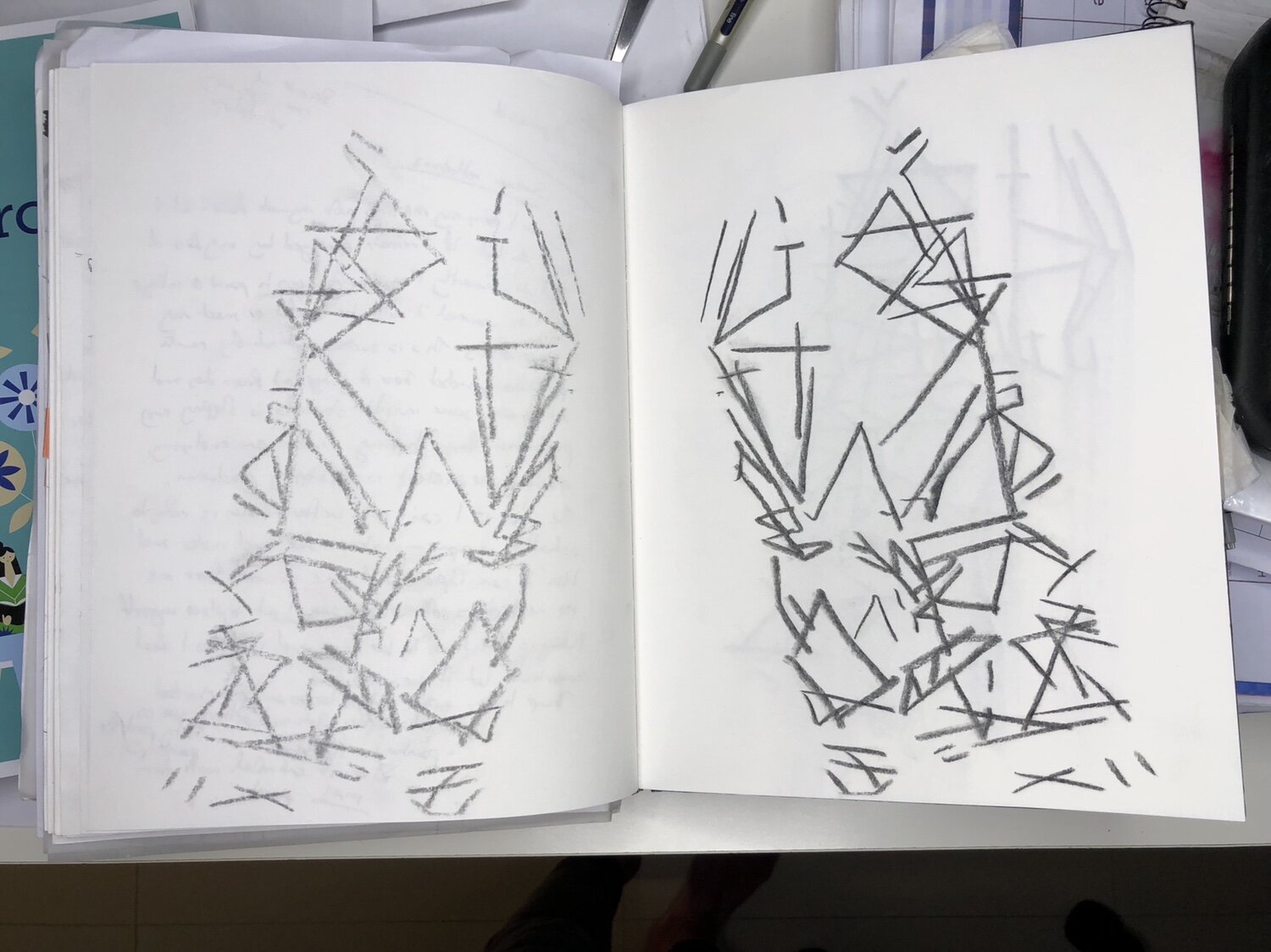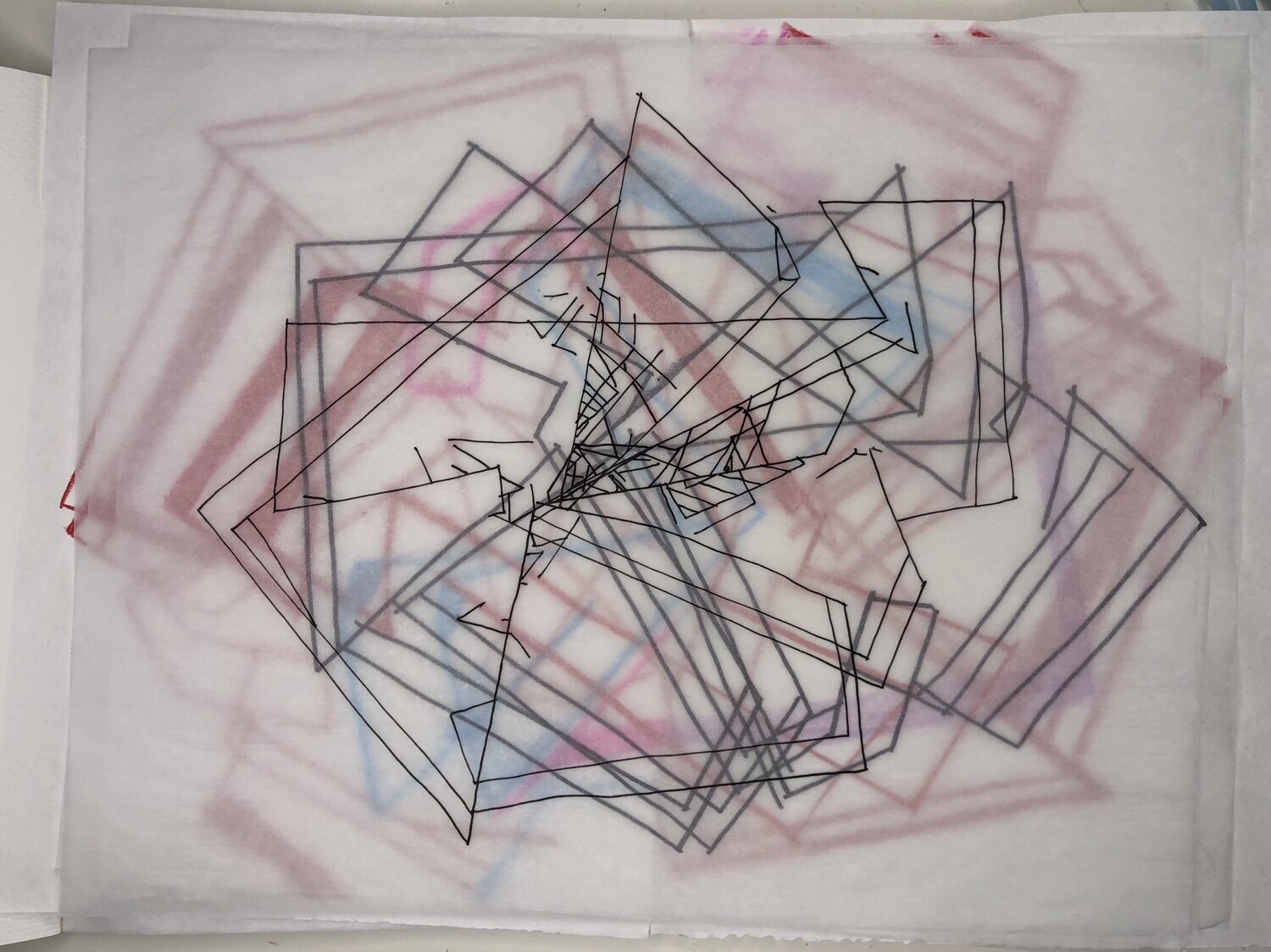Enquiry: Intersections and Articulations
Description: Listen to audio files, access through LMS calendar
Going forward: Next week there will be audio files available for you to listen to through the LMS calendar. The second session for listening to the files is on March 18th. Therefore I have decided to split them between these sessions. They are provided to carry on the discussions about the different ways of encountering art, the roles and positions that people may choose to take, or the different ways that people may talk about art. These short files should appropriately fit in with the conversations that we have been having so far. They are really about professional practice.
how you perceive the information that you hear,
what connections you are making,
what interests you and why
what you might disagree with.
You should be reflective in your writing so that it is useful and embedded within the thinking that you are involved in your own practices.
Draw out key points.
Fran Stafford - Artist, Curator and designer - Canadian in Berlin and Bahrain,
Thoughts and discussions:
I wonder how old the recording is as I think the arts and culture scene has really expanded in the Gulf, although it is still very much in the developing practice.
She wears many hats
feels like a spokesperson of the arts- or maybe a 'coloniser' of the arts - yeesh! the fact is its someone coming from the outside and 'showing' 'them' how it's done. I don't have her background so I don't know how much that is true. - a group of friends recently discussed this phenomenon in the UAE - that most of the 'high flyer' the gallery owners, curators, CEO's of arts companies and institutions are actually white women - I'm pro the feminine aspect of course but is it correct for outsiders to govern a nation's culture?
Uses very 'western' names and brands ie: Redbull - and the term 'test platform' makes me feel uncomfortable, is it right to experiment in other peoples cultures?
Representing a culture that is not yours? is that okay? Can you comment? - Julie Mehretu - paintings about places she has never been too. ethics of this practice?
I question how much time this woman has? How is she doing all of this stuff? does she sleep?
This market aspect is something that is flourishing here in the UAE as well.
She sounds like she is dominating the arts/culture scene - which is great for here, but where is everyone else? I am aware of people that have really struggled in Bahrain due to the cliquy nature.
She's had no experience but has been entrusted with these tasks - proactive or taken advantage of?
She sounds very confident in her capabilities and achievements - is happy to wear her many hats and build up her experience. She doesn't talk about her practice as an artist although has described herself as one. I couldn't find her work other than her current designs in her new role as a fashion designer.
John Barraclough - Royal Standard Artists collective in Liverpool - drawings, sound works, drawing machines and drawing as human connection, mapping thinking and how the brain works and alternative spaces to create artwork and view.
Thoughts and discussions:
Doesn't consider himself an artist and curator but understands the connections due to financial implications
Bruce Nauman- work outside the studio is responsible for itself - the artist has to let it go.
Curator - exhibit, preserve, conserve artworks
Newspaper 'Drawing paper' - collab with a fellow artist. A project in curating - funded by the artists participating so it could remain free to the public so self-promotional in effect. Not published regularly - as and when ready.
Content connections - stylistic connections - challenge what drawing is - providing the viewer with possibilities of conversations and varying viewpoints.
distribution is how it is seen - it takes art into a different dimension, one that is portable and easy to ship - repeatable
there are other platforms as well, such as online in blog and Instagram.
Do include own work but not overly comfortable with it, aware that this can be seen as self-promotion and remove some of the agency of the paper.
Creates drawing workshops as a 'living curatorial activity' - so the participants and the leader create and curate their work as part of the final product. utilises the paper in drawing workshops and using it to create discussion. Becomes a tool to instigate discussion.
curators - a tool - the artist can have trouble seeing the value in some work and the lack of value in others so the curators role can help expose the artist to this and guide a practice - rejection, acceptance - use of work beyond intention or out of intention - the critical debate of work and its sitting - in a show how do they interact? If a collaborative group of artists are working together they should work to ensure it works in the exhibition and be open to the fact their work may not fit and be 'deselected'.
To compare the two speakers:
Their input into curating is very different, Stafford is more formal yet slightly ad-hoc as she, herself, says she lacked the experience and had to work out how to produce her projects, whereas Barraclough is very informal and organic yet he is using his experience as an artist and educator to inform the process.
Barraclough discusses coherence - whether stylistically/aesthetically or dialogically. Stafford discusses curating from a cultural and logistical background, moving cultures around and displaying them, and what needs to be in place for that to happen.
This feels like the two sides of my own practice, the practical design-led practice of working out a 'product' vs the more organic process-led practice that I'm trying to work with. Barraclough's talks interested me more as it felt exciting and unknown whereas Stafford's felt familiar and easy to comprehend for me.
Moving forward: think about the connections my work is making, am I missing the value in it, am I overlooking its potential due to my lack of confidence?






















































